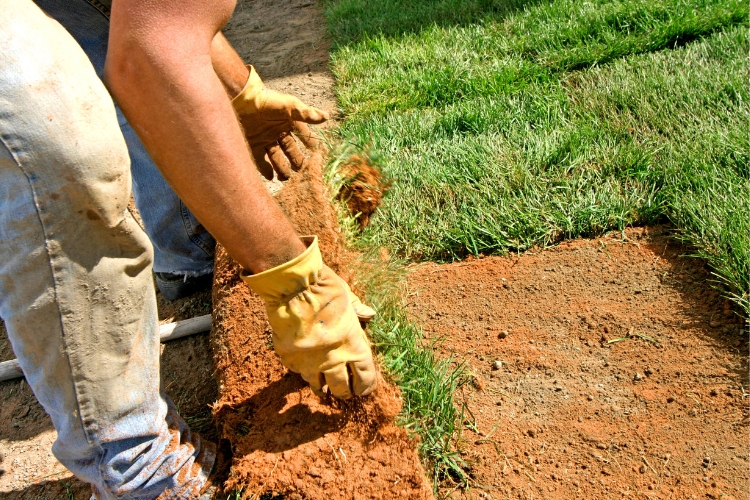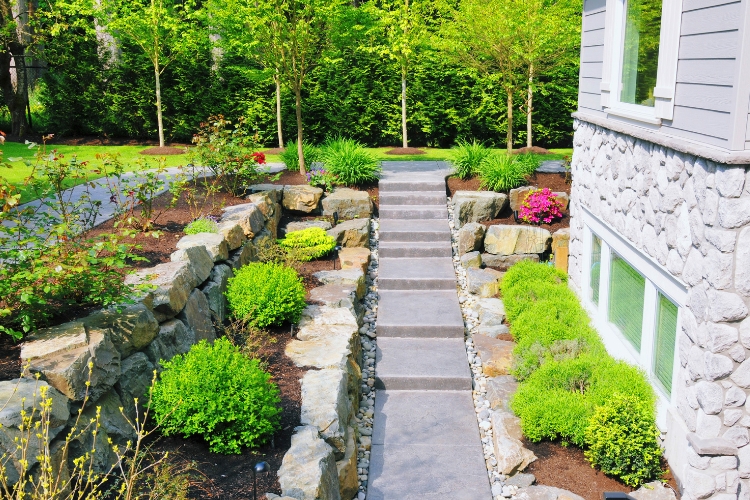Landscaping can be a rewarding endeavor, allowing you to turn your outdoor space into a place of beauty and relaxation. If you’re new to landscaping, you might be wondering where to start. This blog is here to provide you with a comprehensive guide on landscaping for beginners. We’ll cover the basics, share expert insights, and provide valuable tips to help you embark on your landscaping journey. Plus, we’ll include keywords important for your company to enhance your search engine optimization.
1. Start with a Plan
One of the most critical steps in landscaping is creating a well-thought-out plan. Begin by sketching your ideas, considering the layout of your outdoor space, and identifying the areas you want to transform. Whether it’s a small garden or a spacious backyard, a clear plan will guide your efforts.

2. Understand Your Soil and Climate
Knowing the soil type and climate in your area is essential. Different plants thrive in different conditions. Research local flora and choose plants that are well-suited to your environment. This step will ensure your landscaping efforts are sustainable and require less maintenance.
3. Add a Pop of Color with Native Plants
Native plants are not only low-maintenance but also support local wildlife. Incorporate native flowers, shrubs, and trees into your landscaping to add color and vibrancy. These plants are adapted to your region, making them a beginner-friendly choice.

4. Create Defined Spaces
Define different areas within your landscape, such as a patio, garden, or seating area. This organization adds structure and functionality to your space. Consider using elements like walkways, retaining walls, or fencing to separate these spaces effectively.
5. Consider Hardscaping Elements
Hardscaping features like patios, decks, and pathways can enhance the overall look of your landscape. Incorporating these elements can provide a beautiful contrast to the greenery. Choose materials and designs that align with your overall vision.

6. Proper Plant Placement
When planting, pay attention to spacing and arrangement. Different plants have specific spacing requirements, and proper placement ensures they have enough room to grow. A well-thought-out arrangement can also enhance the visual appeal of your garden.
7. Mulching Matters
Mulch isn’t just for aesthetics; it offers several practical benefits. Mulch helps retain moisture, suppress weeds, and regulate soil temperature. Using organic mulch, such as wood chips or compost, can improve the health of your plants.
8. Routine Maintenance
Landscaping is an ongoing process. Regular maintenance, including watering, pruning, and weeding, is essential to keep your outdoor space looking its best. Create a maintenance schedule to ensure your landscape thrives.

9. Seek Expert Advice
For more complex landscaping projects or if you’re unsure about certain aspects, don’t hesitate to consult with the top landscaping experts around your area. Their expertise can provide valuable insights and ensure your landscaping efforts are successful.
10. Enjoy the Journey
Remember that landscaping is a creative endeavor. It’s okay to make mistakes and learn along the way. Enjoy the process and take pride in the gradual transformation of your outdoor space.
In conclusion, landscaping for beginners doesn’t have to be daunting. With careful planning, an understanding of your local environment, and these valuable tips, you can embark on your landscaping journey with confidence. The key is to start small, learn as you go, and, most importantly, enjoy the process. Your outdoor space has the potential to become a place of beauty and relaxation, and these tips will help you make it a reality.


